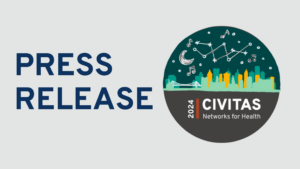Consideration 5

5. Adapt to variations in laboratory capacity and turnaround time
Using multiple labs
Consideration
Many local and university-affiliated laboratories are beginning to test for COVID-19.
Different labs require difference specimen collection materials. Be adaptable.
Some local labs may have shorter turnaround times because their use of alternative and innovative reagents and materials are outside of the larger labs’ supply chain issues.
Voices from the Field
Individual laboratories may need to offer multiple tests
Consideration
Laboratories need to be able to adapt to supply chain limitations.
Voices from the Field
Innovative laboratory-OSCTC contractual relationships
Consideration
Contractual agreements may benefit both the laboratory and the OSCTC.
Voices from the Field
Community laboratory partnerships
Consideration
Local laboratories may work together to provide overflow capability.
Voices from the Field
State or community oversight
Consideration
Centralized coordination and communication between OSCTCs and laboratories can help build efficiencies in laboratory selection and help laboratories plan for future testing needs.
Voices from the Field
Know each lab’s turnaround times
Consideration
Turnaround times vary and some labs offer priority turnaround times for certain samples.
Voices from the Field
Laboratory staffing
Consideration
Laboratories may be struggling with exhausted staff which may be contributing to longer turnaround times.
Voices from the Field
Off-Site Testing Toolkit Navigation Menu
Off-Site COVID-19 Testing Project home page
– – –
Off-Site COVID-19 Testing Toolkit home page
1. Identify and prioritize the population to be tested
2. Identify and mobilize your partners
3. Determine the type of OSCTC
4. Offer the right type of test
5. Adapt to variations in laboratory capacity and turnaround time
6. Staff Required for OSCTC
7. Build efficiencies into your OSCTC
8. Promote positive patient experience and community awareness
9. Address potential patient access limitations
10. Manage patient results
11. Plan for weather extremes
12. Provide PPE to staff
13. Financial viability/ sustainability
14. Explore a broader role for your OSCTC
Methodology
Additional Resources
Acknowledgements

